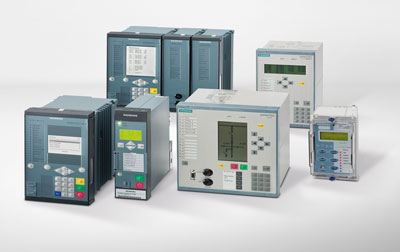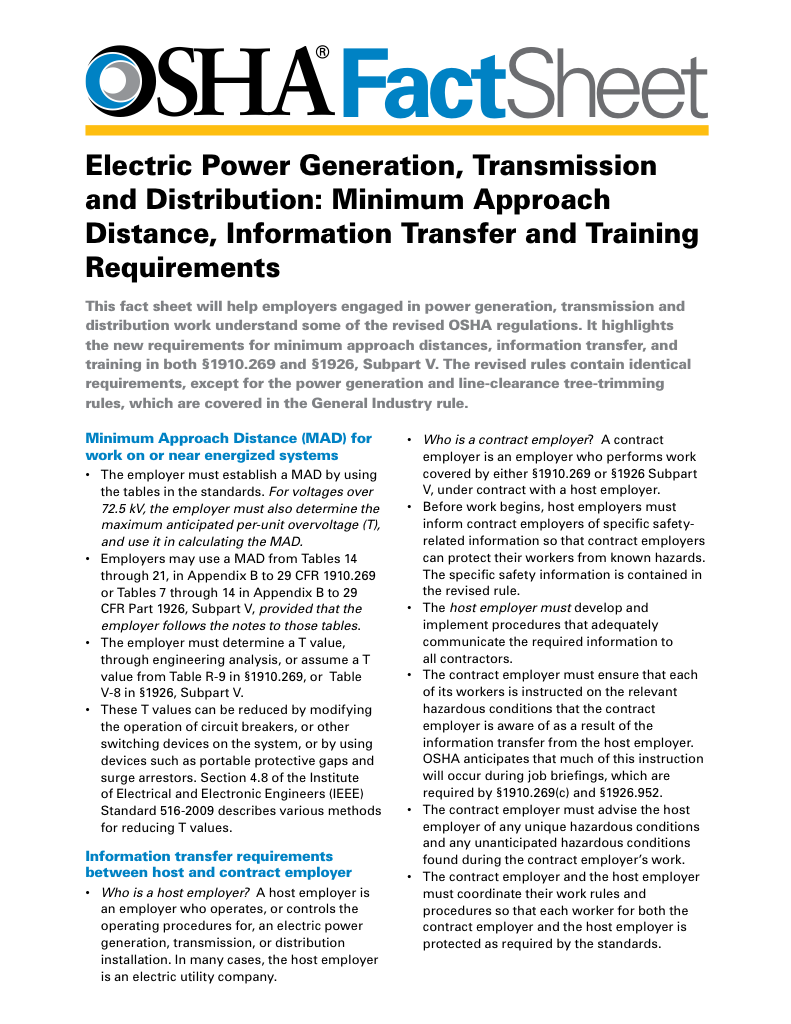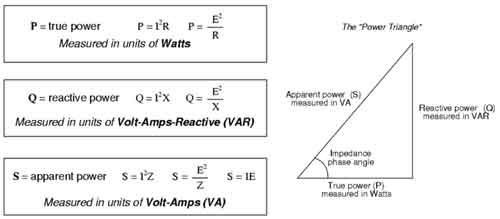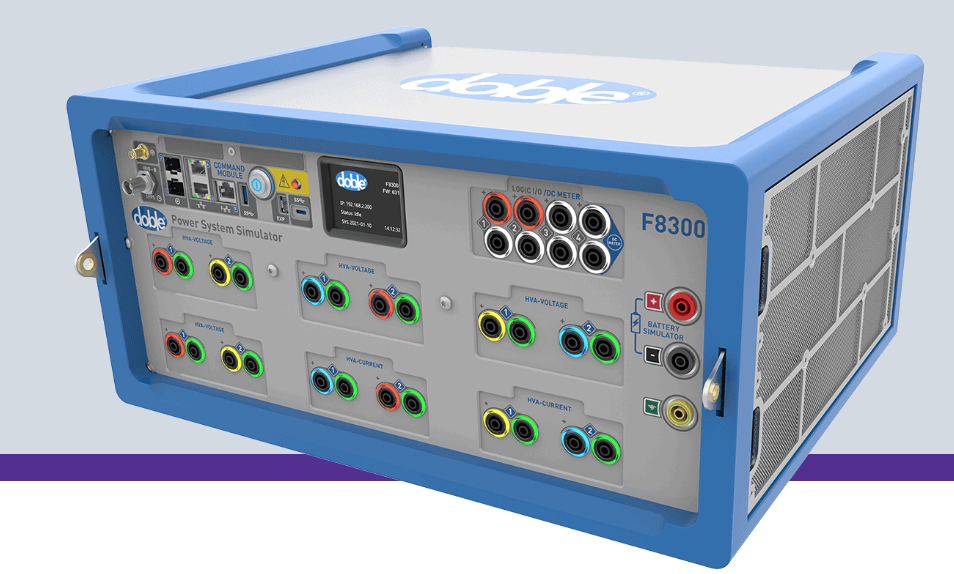What is Protective Relay?

Substation Relay Protection Training
Our customized live online or in‑person group training can be delivered to your staff at your location.

- Live Online
- 12 hours Instructor-led
- Group Training Available
Download Our OSHA 3873 Fact Sheet – Minimum Approach Distance and Training Requirements

- Calculate MAD using voltage and overvoltage values
- Ensure proper communication between host and contract employers
- Meet OSHA training requirements for qualified electrical workers
Protective relays detect electrical faults, trigger breakers, and isolate damaged circuits to ensure equipment protection, electrical safety, and reliable power system operation across industrial, commercial, and utility environments.
What is Protective Relay?
A protective relay is a monitoring device that senses abnormal electrical conditions and initiates breaker operation to prevent damage and hazards.
✅ Detects faults such as overloads, short circuits, and ground faults
✅ Coordinates with circuit breakers for timely isolation
✅ Ensures system safety, reliability, and equipment protection
Basic Protection Relay Training
Request a Free Training Quotation
It is a vital component in electrical power systems, designed to safeguard equipment and personnel from the damaging effects of abnormal conditions, such as short circuits, overcurrents, and insulation faults. These devices function as the first line of defence, continuously monitoring the electrical system for any irregularities.
When it detects an anomaly, it initiates a rapid response, typically by sending a signal to trip a circuit breaker. This action isolates the faulty section of the system, limiting the extent of damage and preventing cascading failures.
At its core, it serves as a vigilant monitor of electrical systems, continuously assessing conditions like current, voltage, and frequency. When these values deviate beyond acceptable thresholds, the relay working mechanism is activated. Protective devices such as these are crucial in high-voltage environments where the consequences of a fault can be catastrophic. Their role extends beyond simple detection; they act as decision-makers, determining the appropriate response to an issue and activating circuit breakers accordingly.
The evolution of electrical protection systems has seen a shift from traditional electromechanical devices to more advanced digital protective relays and numeric relay technologies. Unlike their mechanical predecessors, digital relays leverage sophisticated algorithms and microprocessor-based technology to analyze electrical data with speed and precision. This shift enables enhanced functionality, improved diagnostics, and more efficient fault isolation. Modern systems can also incorporate distance relay technology, which detects faults based on the impedance of a line, offering faster and more accurate protection for transmission lines.
FREE EF Electrical Training Catalog
Download our FREE Electrical Training Catalog and explore a full range of expert-led electrical training courses.

- Live online and in-person courses available
- Real-time instruction with Q&A from industry experts
- Flexible scheduling for your convenience
Types of Protective Relays
There are several types of relays, each designed to address specific electrical faults. Overcurrent relays, for instance, respond to excessive current flow that may result from a short circuit or overload. Distance relays, as previously mentioned, measure the distance to a fault along transmission lines and act accordingly. Other types of relays include earth fault relays, which detect ground faults, and differential relays, which compare the incoming and outgoing current of a system to identify inconsistencies. Solid-state relays have also become a popular choice due to their reliability and ability to handle high-frequency signals.
Modern electrical protection systems frequently utilize digital protective relays, which provide enhanced capabilities compared to traditional electromechanical or solid-state relays. These digital devices can perform complex calculations and adapt to changing system conditions, providing more precise and reliable protection.
Components of a Protective Relay
The components of protective relay systems play a vital role in their operation. Key elements include current transformers (CTs) and voltage transformers (VTs), which provide the relay with scaled-down versions of the high voltage currents and voltages for analysis. The data from these transformers feeds into the relay’s logic, where calculations are made to determine if a fault is present. When an abnormal condition is detected, the relay’s tripping circuit is activated, sending a signal to trip a circuit breaker and isolate the faulted section of the network.
-
Current Transformers (CTs): These devices reduce the high current in the power system to a lower, measurable level.
-
Voltage Transformers (VTs): Similar to CTs, VTs reduce the high voltage in the system to a safer level.
-
Microprocessor: The microprocessor is the "brain" of the digital relay, processing information from the CTs and VTs and making decisions.
-
Output Circuits: These circuits transmit the trip signal to the circuit breaker.
Applications for protective relays span a broad range of industries and electrical systems. They are fundamental in power generation facilities, transmission lines, distribution networks, and industrial plants. Wherever electrical power is generated, transmitted, or distributed, protective relay systems are present to ensure the continuous and safe delivery of electricity. Transmission lines, in particular, benefit greatly from distance relay systems, as they provide precise fault location and rapid disconnection, minimizing downtime and protecting valuable infrastructure.
The benefits of using protection relays are that they ensure the overall reliability, safety, and efficiency of electrical systems. By isolating faults quickly, they reduce equipment damage and prevent extended outages. For instance, when an overcurrent relay identifies excessive current flow, it can activate the tripping mechanism before any significant damage occurs. This proactive approach minimizes repair costs and enhances system stability. Furthermore, the introduction of digital protective relays and numeric relay systems has improved the speed, accuracy, and diagnostic capabilities of these devices, resulting in better fault analysis and system recovery times.
The protective relay is indispensable to modern electrical power systems. Their ability to detect abnormal conditions, activate circuit breakers, and protect valuable equipment ensures the safe and efficient operation of high voltage networks. The advancement from electromechanical to digital protective relays has introduced faster, more precise protection methods, reducing downtime and equipment damage. With diverse applications across power generation, transmission, and distribution, protective relays remain a cornerstone of electrical system reliability and safety.
Frequently Asked Questions
What is the function of a protection relay?
The primary function of a protection relay is to detect abnormal conditions in an electrical system and respond accordingly to prevent damage to equipment and ensure the safety of personnel. It continuously monitors system parameters like current, voltage, and frequency. If these values deviate beyond predefined limits, the relay activates a tripping circuit to isolate the faulted section of the system by sending a signal to trip a circuit breaker.
Do protective relays trip circuit breakers?
Yes, protective relays trip circuit breakers. When a fault or abnormal condition is detected, the relay sends a signal to the circuit breaker’s tripping mechanism, causing it to open and disconnect the affected section of the electrical network. This process helps prevent the spread of electrical faults and minimizes equipment damage and downtime.
Test Your Knowledge About Electrical Protection!
Think you know Electrical Protection? Take our quick, interactive quiz and test your knowledge in minutes.
- Instantly see your results and score
- Identify strengths and areas for improvement
- Challenge yourself on real-world electrical topics
What is the difference between protection and relay?
Protection refers to the overall system or strategy designed to safeguard electrical networks from faults and other issues that could compromise system integrity. A relay, on the other hand, is a specific device within this protection system. While protection encompasses various components, including circuit breakers, transformers, and sensors, the relay’s role is to detect faults and signal the protective devices (like circuit breakers) to take action. In essence, protection is the goal, and relays are one of the tools used to achieve that goal.
Related Articles







